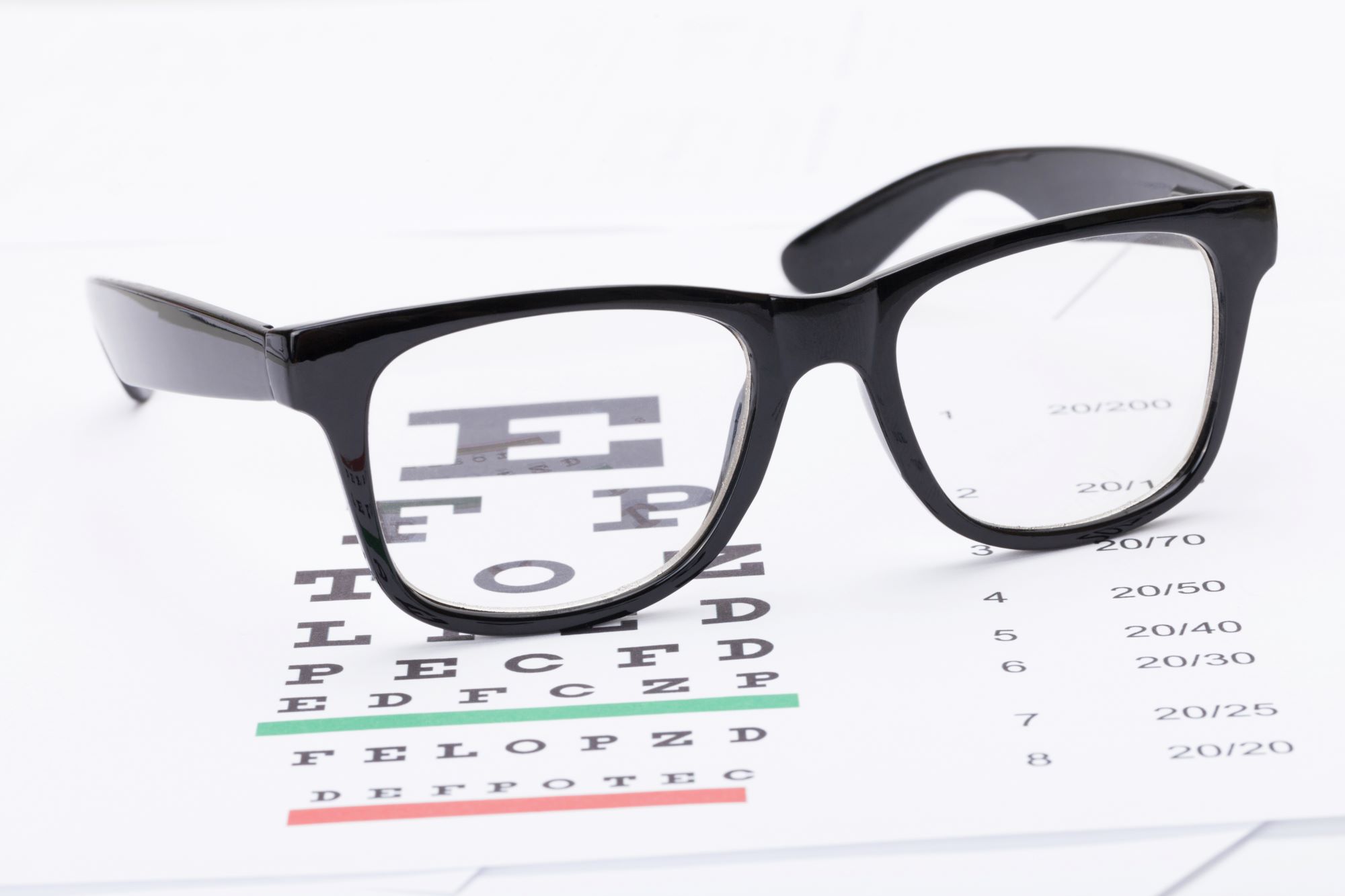Amblyopia/lazy eye is when vision in one eye doesn’t develop properly, and it can be triggered by a squint of being long-sighted. The neurological condition develops when there is a breakdown in how the brain and eyes work together, and the brain is not able to properly process the visual signals from the affected eye. Typically, it causes reduced vision in one eye, though many children don’t notice until they are diagnosed during a vision test.
For this study, the researchers utilized data from the UK Biobank to analyze data from over 126,000 participants between the ages of 40 to 69 years old who had undergone an ocular examination and provided details of whether they were treated for amblyopia in childhood or if they still had the condition. Participants also provided other health details such as if they had a medical diagnosis of high blood pressure, cardiovascular disease, diabetes, or cerebrovascular disease. Participant BMI, cholesterol levels, and blood glucose were measured throughout the study period and mortality was also tracked.
According to the researchers, of the 3,238 participants who reported having amblyopia as a child, 82.2% had persistent reduced vision in at least one eye as an adult. Those with ‘lazy eye’ as a child were found to have 29% higher odds of developing diabetes, 25% higher odds of having hypertension, and 16% higher odds of having obesity.
Those who had amblyopia as a child were also found to be at increased risk of heart attack even when other risk factors for these conditions were taken into account. Additionally, the increased risk of health problems was also found in some to some extent in those who had amblyopia as a child but had 20/20 vision as a child.
“Amblyopia is an eye condition affecting up to four in 100 children. In the UK, all children are supposed to have vision screening before the age of five, to ensure a prompt diagnosis and relevant ophthalmic treatment,” said the corresponding author, Professor Jugnoo Rahi (UCL Great Ormond Street Institute for Child Health, UCL Institute of Ophthalmology and Great Ormond Street Hospital).
“It is rare to have a ‘marker’ in childhood that is associated with increased risk of serious disease in adult life, and also one that is measured and known for every child — because of population screening,” said Rahi. “The large numbers of affected children and their families, may want to think of our findings as an extra incentive for trying to achieve healthy lifestyles from childhood.”
“Vision and the eyes are sentinels for overall health — whether heart disease or metabolic disfunction, they are intimately linked with other organ systems. This is one of the reasons why we screen for good vision in both eyes,” said the first author, Dr Siegfried Wagner (UCL Institute of Ophthalmology and Moorfields Eye Hospital).
“We emphasise that our research does not show a causal relationship between amblyopia and ill health in adulthood. Our research means that the ‘average’ adult who had amblyopia as a child is more likely to develop these disorders than the ‘average’ adult who did not have amblyopia. The findings don’t mean that every child with amblyopia will inevitably develop cardiometabolic disorders in adult life,” explains Wagner.
As with anything you read on the internet, this article should not be construed as medical advice; please talk to your doctor or primary care provider before changing your wellness routine. This article is not intended to provide a medical diagnosis, recommendation, treatment, or endorsement. These statements have not been evaluated by the Food and Drug Administration.
Content may be edited for style and length.
References/Sources/Materials provided by:
https://www.ucl.ac.uk/news/2024/mar/children-lazy-eye-are-increased-risk-serious-disease-adulthood




